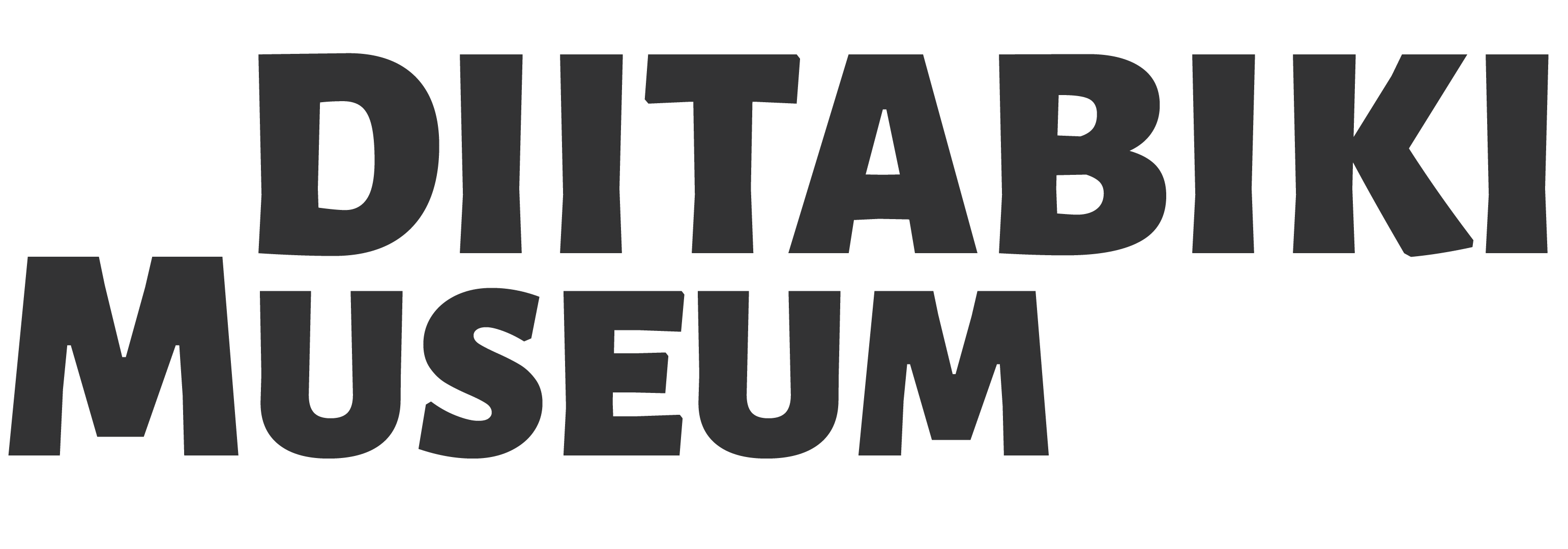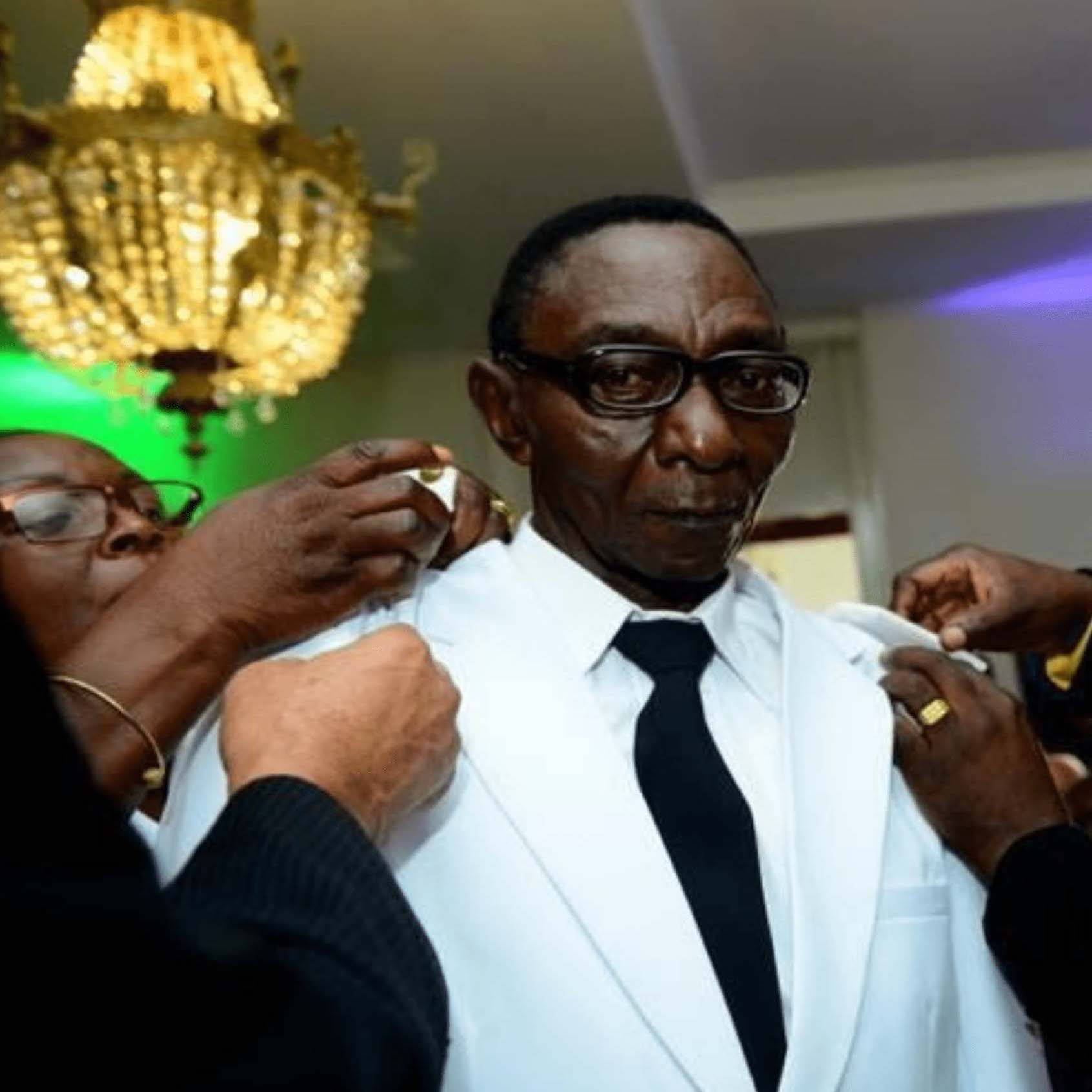Education
Picture: Thomas Polimé
More about education
Diitabiki Museum Fositen Gudu will be the place where school children from Diitabiki and the surrounding villages learn about their rich past and culture. They see how their ancestors lived. But besides seeing, they will above all have something to do at the museum. With all their senses they’ll discover the stories, songs, symbols, colors and shapes that make the Aukan culture so special.
In the fifth and sixth grades the children learn about the history of Suriname, slavery and the Maroon freedom struggle. The museum brings history to life and takes the children on a journey of discovery. In the historic home, they see the change in daily life – from gourd spoons to metal spoons, from cooking on a wood fire to using gas. They’ll taste and smell the plants and herbs for healing, nutrition and rituals in the Aukan garden. They’ll walk the tree trail and learn how these trees and their fruits (cashew, soursop, wild trees) were and are used.
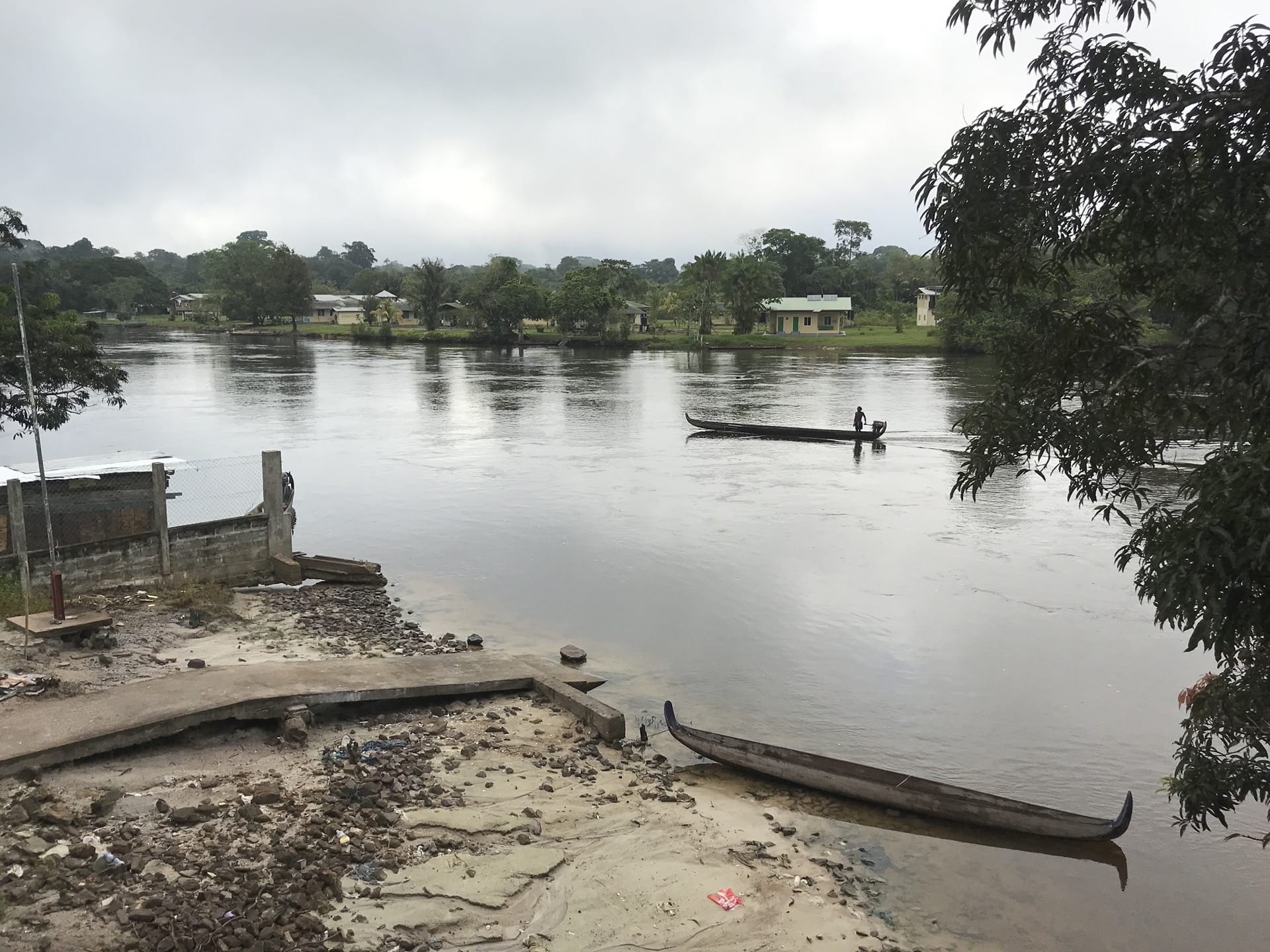
Picture: Magda Augusteijn
The students will also get to work on their own with creative forms of work. For the last part, the museum is working with the renowned Ndyuka/Aukan artist Marcel Pinas. Through art, he makes young people aware of their past and culture and works on their self-confidence and pride in their origins.
Marcel Pinas will give trainings to the museum’s volunteers and teachers and pass on his way of working to them.
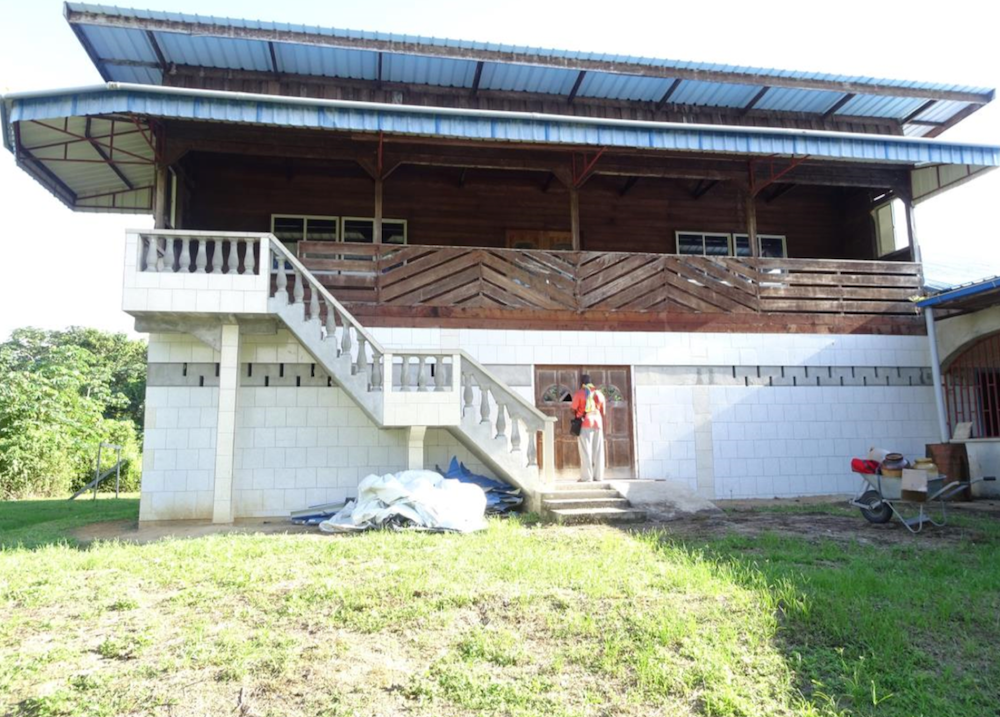
In the new building of the museum, the school groups will get to work.
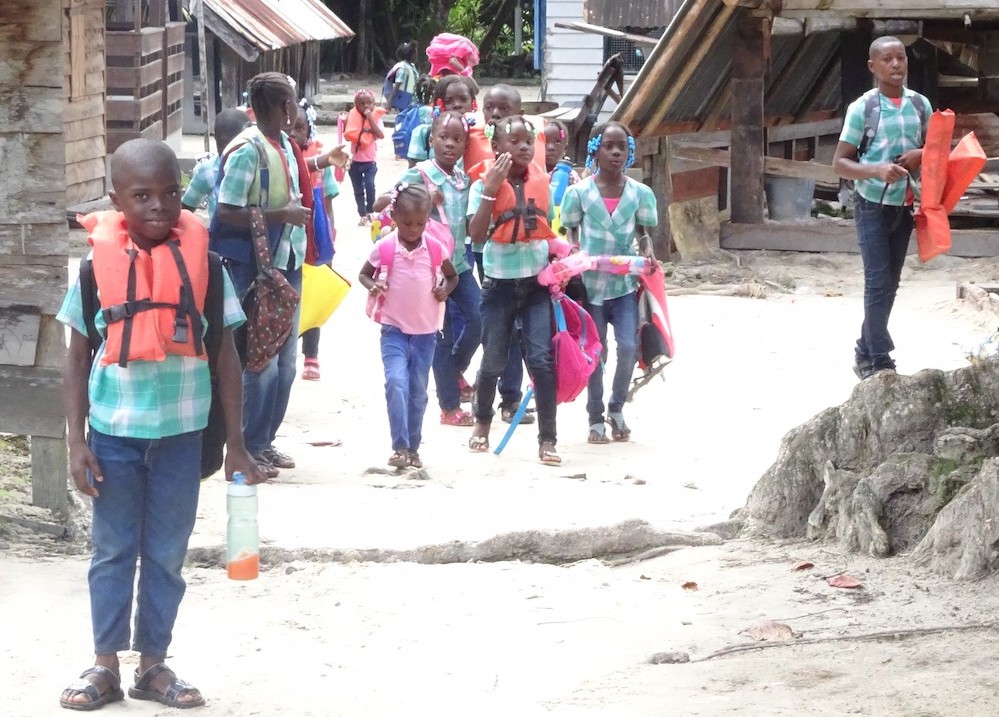
Students from Akontoe Velantie elementary school on their way to school, 2019. Picture: Thomas Polimé
– Granman Bono Velantie, initiator of the museum.
%22Our children often have to fight hard for a place in the Surinamese society. Knowledge of their own background helps them do that – it makes them more self-aware and stronger.%22

– Granman Bono Velantie, initiator of the museum.
